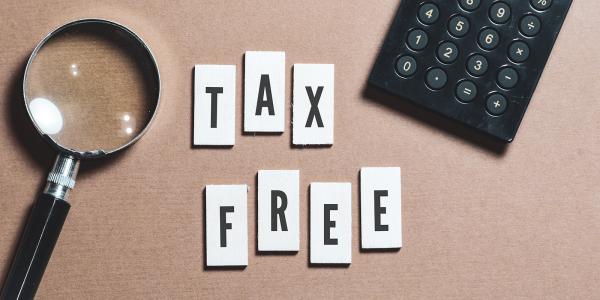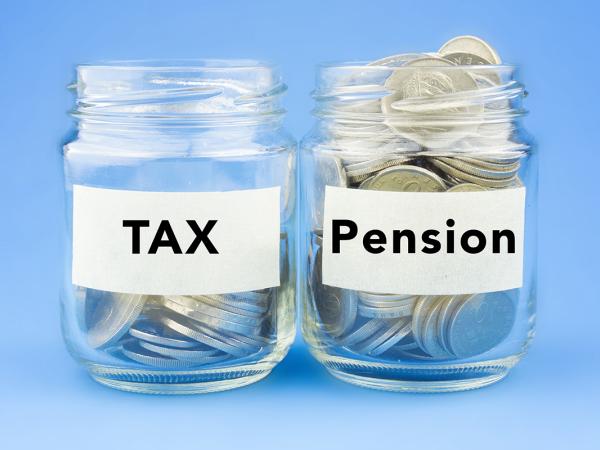What pension income is tax-free?
Certain pension income is tax-free. This page gives an overview of tax-free UK pension income (or pension related income).

Content on this page:
Overview
Not all pension income is taxable and it is important to understand what might not suffer a tax charge. This will help you plan your retirement income for tax purposes, and will also help you understand what needs to be declared on your self assessment tax return, if you do one.
Here we look at some of the common tax-free pension (or pension related) payments that you might receive in retirement.
Lump sums
Pension commencement lump sums from UK approved pension schemes (not including the state pension which is treated differently from private pensions) are usually tax free up to 25% of the capital value. For most people, this 25% tax free amount is capped from 6 April 2024 at a maximum of £268,275.
If you have more than one pension pot (for example, you might have had a personal pension and an occupational pension – or more than one of either), then you can usually take up to 25% tax free as a lump sum from each pot.
If you are accessing your pension under the pension flexibility rules, you might not have to take your tax-free lump sum in one go – some pension schemes will give you the option to:
- only draw part of your tax-free lump sum initially (saving the rest for a later tax year);
- make withdrawals that are partly tax-free lump sum, partly taxable income – essentially spreading the tax-free element across future withdrawals.
State pension lump sums
Lump sums resulting from deferred pre-2016 state pension have a special tax treatment. You can read about this on our page Tax on deferred state pension lump sums.
Other tax-free pension income
Other forms of tax-free pension income include the following:
- Child dependency additions paid with state pension or other social security pensions.
- Christmas bonus for pensioners.
- Pension credit: there is more information on pension credit on GOV.UK. You can also use the pension credit calculator on GOV.UK to see how much pension credit you might get.
- War widow's or dependant's pension.
- Gallantry awards: additional pensions or annuities paid to holders of some bravery medals are free from tax – a list can be found in the HMRC manual at EIM75920.
- German and Austrian annuities and pensions for victims of Nazi persecution.
- Disability pensions of members of the armed forces may be tax free – see HMRC manual EIM75920.
- Certain pensions awarded to an employee because of an injury at work are free of tax. You will need to check the details with your pension payer and/or HMRC – some further HMRC information is available in their manual EIM75080.
- Purchased life annuities: capital element.
Inherited pension pots
There are special rules that apply to inherited pension pots. We discuss this in our page Pensions and life assurance on death.



